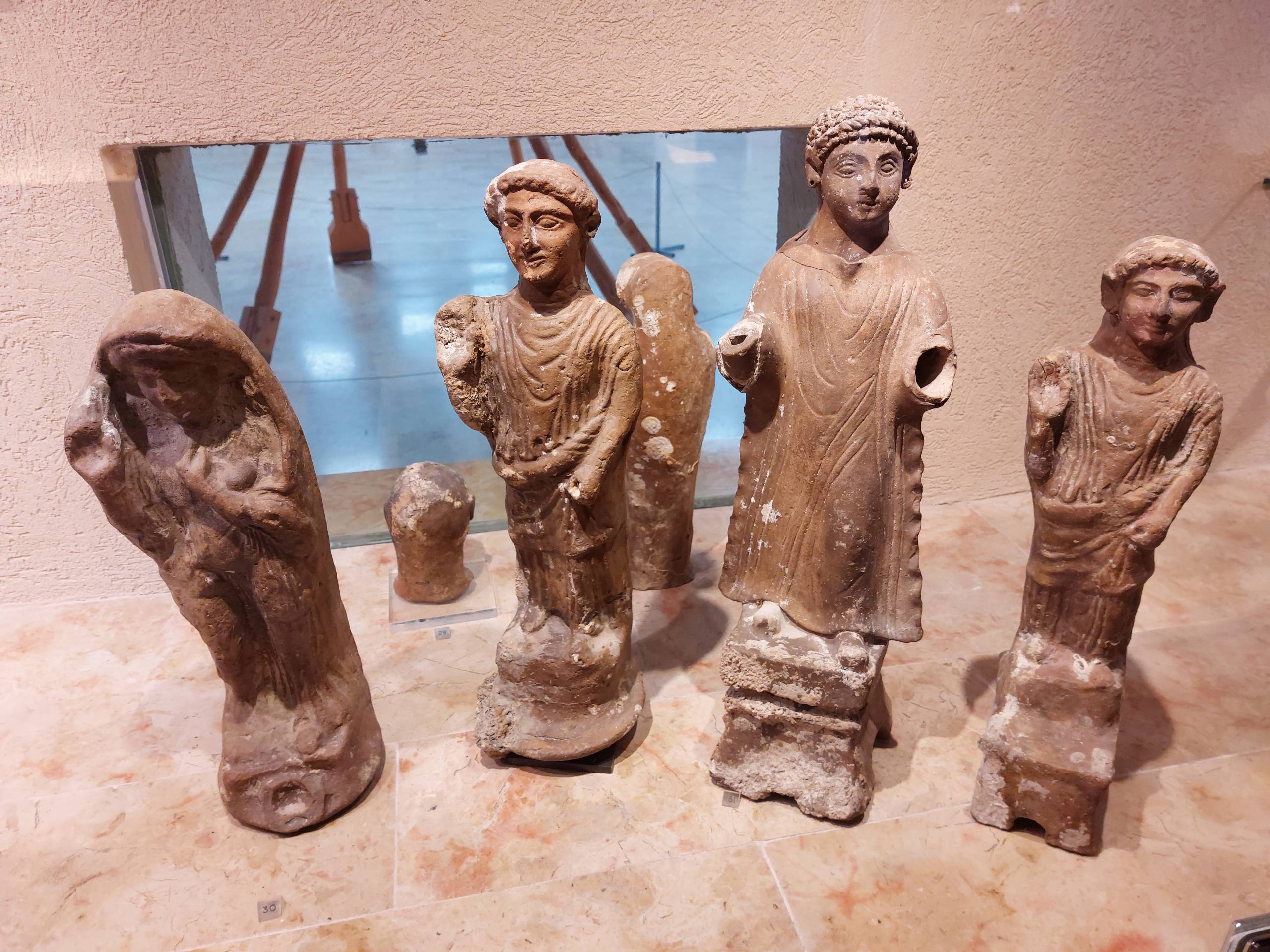The Phoenicians were an ancient civilization that flourished in the eastern Mediterranean from the 15th to the 4th century BC. They were known for their maritime trade and their extensive network of colonies, and were responsible for spreading the use of the alphabet throughout the region.
Phoenician artifacts, such as pottery, jewelry, and sculptures, provide a glimpse into the daily lives and culture of this ancient civilization. These artifacts can be found in museums and collections all over the world, and offer insight into the art, religion, and society of the Phoenicians.
One of the most striking aspects of Phoenician artifacts is their intricate craftsmanship. The Phoenicians were skilled artisans and were known for their finely crafted jewelry and pottery. Their pottery, in particular, was highly prized for its durability and beauty.
Phoenician jewelry, such as rings, bracelets, and necklaces, was often made from gold and other precious metals, and was adorned with intricate designs and symbols. These symbols often held religious or cultural significance, and reflected the beliefs and values of the Phoenicians.
In addition to their jewelry and pottery, the Phoenicians also produced a variety of sculptures and figurines. These sculptures, which were often made from bronze or other materials, depicted gods, goddesses, and other mythical creatures, and were an important part of Phoenician religion and culture.
Overall, Phoenician artifacts provide a fascinating window into the history and culture of this ancient civilization. Whether it is through their jewelry, pottery, or sculptures, these artifacts offer a glimpse into the daily lives and beliefs of the Phoenicians, and are an important part of our understanding of this ancient culture.

Leave a Reply